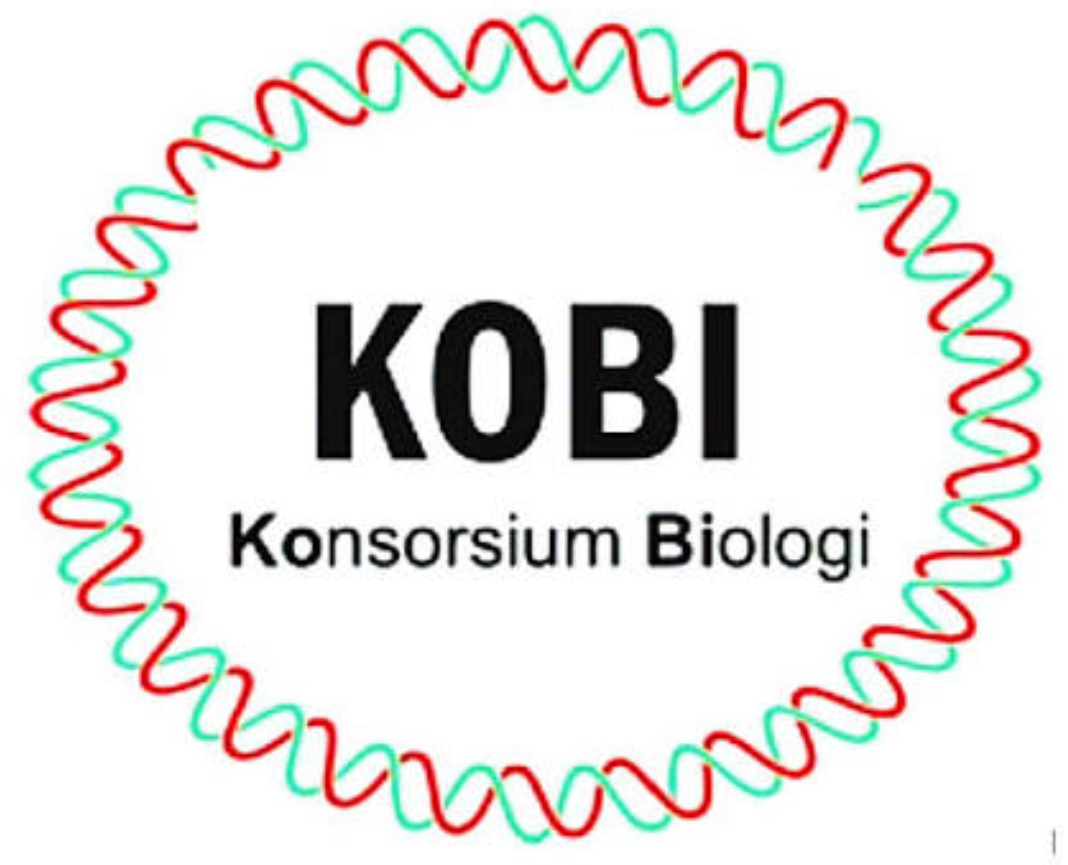Development of Plant Biosystematics E-Module Based on Problem Solving
Abstract
Keywords
Full Text:
PDFReferences
Bransford, J. D., & Stein, B. S. (1993). The Ideal Problem Solver. Retrieved from http://digitalcommons. georgiasouthern.edu/ct2-library/46
Dimhad. Penggunaan E-Modul Interaktif Melalui Pembelajaran Berbasis Masalah Untuk Meningkatkan Pemahaman Konsep Sistem Saraf, Kemampuan Generik Sains Dan Berpikir Kritis http://dimhad13.110mb.com/buku6/a.pdf (Diakses 24 November 2019)
Fausih, M. (2015). Pengembangan Media E-Modul Mata Pelajaran Produktif Pokok Bahasan “Instalasi Jaringan Lan (Local Area Network)” Untuk Siswa Kelas XI Jurusan Teknik Komputer Jaringan di SMK Nengeri 1 Labang Bangkalan Madura. Jurnal Mahasiswa Teknologi Pendidikan, 5(3).
Hake, R. R. (1998). Interactive-engagement versus traditional methods: a six thousand-student survey of mechanics test data for introductory physics courses. The American Journal Physics Research 66, 64-74.
Hamiyah, N. dan M. Jauhar. 2014. Strategi Belajar-Mengajar di Kelas. Jakarta: Prestasi Pustaka.
Kaya, D., D. Izgiol, dan C. Kesan. 2014. “The Investigation of Elementary Mathematics Teacher Candidates’ Problem Solving Skills According to Various Variables”. International Electronic Journal of Elementary Education/ 6(2), 295-314.
Memnun, D.S., L. C. Hart, dan R. Akkaya. “A Research on the Mathematical Problem Solving Beliefs of Mathematics, Science and Elementary Pre-Service Teachers in Turkey in terms of Different Variables”. International Journal of Humanities and Social Science/ Vol. 2 No. 24, 172-184.
Nawawi, S., Antika, R. N., Wijayanti, T. F., & Abadi, S. (2017, April). Pelatihan Pembuatan Modul Ajar Berbasis Kurikulum 2013 Untuk Meningkatkan Kemampuan Berpikir Kritis. In Prosiding Seminar Nasional Hasil Pengabdian kepada Masyarakat LPPM Universitas PGRI Madiun (pp. 42-46).
Nayazik, A. (2017). Pembentukan Keterampilan Pemecahan Masalah melalui Model IDEAL Problem Solving dengan Teori Pemrosesan Informasi. Kreano, Jurnal Matematika Kreatif-Inovatif, 8(2), 182-190.
Ristiasari, T., Priyono, B., & Sukaesih, S. (2012). Model pembelajaran problem solving dengan mind mapping terhadap kemampuan berpikir kritis siswa. Journal of Biology Education, 1(3).
Sugihartini, N., & Jayanta, N. L. (2017). Pengembangan e-modul mata kuliah strategi pembelajaran. Jurnal Pendidikan Teknologi dan Kejuruan, 14(2).
Sulasmono, B. S. (2012). Problem solving: Signifikansi, pengertian, dan ragamnya. Satya Widya, 28(2), 155-166.
Suryadie,Dede.http://digilib.uinsuka.ac.id/10934/1/BAB%20I,%20V,%20DAF TAR%20PUSTAKA.pdf (Diakses 24 November 2019)
Thiagarajan, S., Semmel, D. S., & Semmel., M. I. (1974). Instructional development for training teacher of exceptional children, Bloomington Indiana: Indiana University.
Warimun, E. S. (2012). Penerapan Model Pembelajaran Problem Solving Fisika pada Pembelajaran Topik Optika pada Mahasiswa Pendidikan Fisika. EXACTA, 10(2), 111-114.
Winarso, W. (2014). Problem solving, creativity dan decision making dalam pembelajaran matematika. Eduma: Mathematics Education Learning and Teaching, 3(1).
DOI: https://doi.org/10.31002/ijobe.v3i2.3523
Refbacks
- There are currently no refbacks.
Copyright (c) 2021 Indonesian Journal of Biology Education

This work is licensed under a Creative Commons Attribution-NonCommercial-ShareAlike 4.0 International License.

This work is licensed under a Creative Commons Attribution-NonCommercial-ShareAlike 4.0 International License.
indexed by :
Jalan Kapten Suparman 39 Magelang, Jawa Tengah, Indonesia 56116
Phone (0293) 364113 Fax (0293) 362438
Website: http://jurnal.untidar.ac.id/index.php/ijobe








